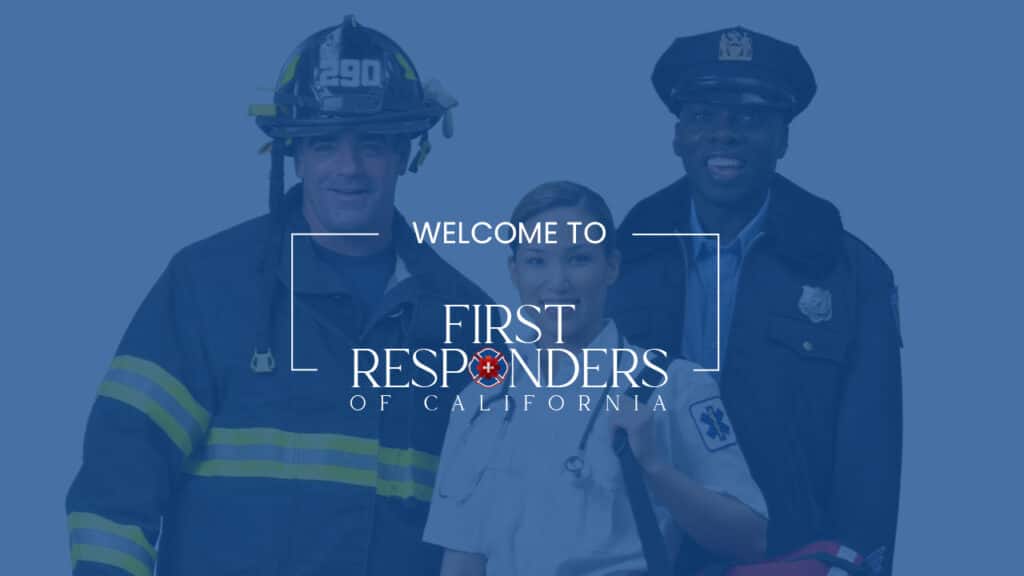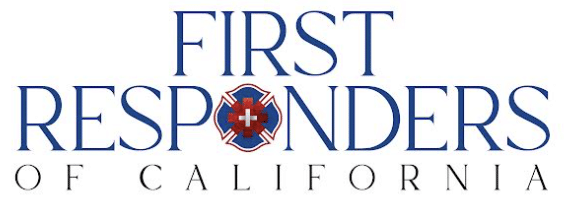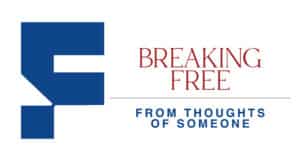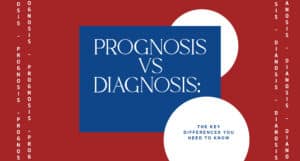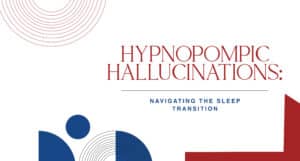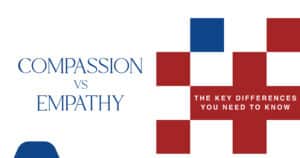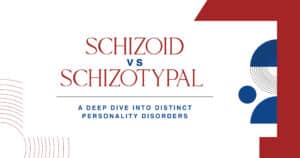The art of reading people can be both life-changing and career-defining. The ability to read people can be used as a means of making your relationships better and communication easier, whether you need to know what your loved one is feeling or what your coworker is thinking. One learns how to read body language, facial expressions, and related signs, enabling more constructive interaction with people. This article will elaborate extensively on how to read people, develop emotional intelligence, and improve social relationships.
How to Read People: Mastering Body Language and Nonverbal Cues
To learn how to read people, start by understanding body language and nonverbal communication. Sometimes the words are not spoken as loudly as body language, i.e., gestures, body postures, and facial expressions. People may not communicate using words, but their actions can reveal who they are and what they think and feel. Looking at these cues will give you a more accurate idea of what is happening in a person’s mind, allowing you to interact more appropriately.
The vital body language cues to watch out for are:
- Posture, whether a person stands or sits, can give a hint of whether they are confident, comfortable, or engaged.
- Body language, such as hand movements, pointing, or other gestures, says a great deal about how an individual feels towards a conversation.
- Touch, a pat on the back, or a handshake can show familiarity or trust. However, when misused, it may make someone feel uncomfortable.
- The space a person maintains when talking can reveal how comfortable or threatened they feel.
Understanding Body Language: The Basics
Body language is one of the most powerful tools for reading and understanding others. Mastering some of the basics can take you a long way in improving your interactions with people. People speak much more using their bodies than they think, and nonverbal cues may speak louder than words. The first thing to know is what to look out for and then seize an essential insight of how a person feels, what he or she intends to do, and the state he or she is in his or her mind.
For example:
- Open Body Language. When you maintain an open body position, i.e., not crossing your arms and keeping your shoulders relaxed, the person is more receptive and comfortable.
- Crossed Arms. It is usually an indicator of defensiveness, discomfort, or lack of interest.
- Fidgeting. It often signals anxiety or impatience.
- Leaning In. Indicates interest and engagement in the discussion.
Body Language Cues in Different Situations
| Situation | Good Body Language | Bad Body Language |
| First Meeting | Relaxed body posture, eye contact, and a smile | Crossed eyes, Lack of eye contact |
| Interview/ Presentation | Nodding, leaning forward, open posture | Fidgeting, eye contact |
| Social Gathering | Smiling, leaning in, mirroring gestures | Looking away, folded arms, slouching, |
Decoding Facial Expressions for Better Communication
One of the revealing nonverbal communications is facial expressions. In a fraction of a second, a person can show emotions on their face such as happiness, sadness, surprise, fear, and sometimes anger. Such momentary gestures are pronounced unconsciously and can offer a clear insight into what an individual feels, even when they are attempting to conceal it.

These are some of the facial clues to be observed:
- Eyes. Their eyes may be blinking a lot or may be wide open, which may be a sign of discomfort, feelings of stress, or excitement.
- Mouth. A smile is usually a good indication, whereas a frown can either mean that the person is unhappy or perhaps not understanding.
- Eyebrows. An eyebrow raise is a typical expression of surprise or disbelief, whereas furrowed eyebrows are an indication of confusion or frustration.
The Role of Eye Contact in Building Connections
Eye contact is one of the best ways to establish relationships and interpret moods. Eyes can say, indeed, a great deal with them- they portray expression, attentiveness, and even a feeling of trust. This study of how eye contact is utilized in the process of communication will enable you to develop better relationships with others and to understand how a person feels with better knowledge.
- Direct Eye Contact. It means you are confident and involved. It demonstrates your close attention and concern about what the other speaker is saying.
- Avoiding Eye Contact. It may indicate discomfort, insecurity, or lack of interest.
- Prolonged Eye Contact. This may be domineering or an act of ordering an individual in a conversation.
Reasons Why Eye Contact is Important
- Assists in building confidence.
- Shows that you are paying attention and are earnest.
- It is possible to improve communication with them and make the connection stronger.
Recognizing and Interpreting Microexpressions
Microexpressions are brief, unconscious facial movement responses that last only a fraction of a second. These brief expressions can reveal feelings that an individual is concealing, such as nervousness, guilt, or anger. By being able to identify these facial expressions that are faster, you will become more familiar with a person’s actual intentions and mood.
The following are some microexpressions to seek:
- Raised Eyebrows. This may be given to show that one is surprised about something, or not convinced.
- Tightened Lips. He or she would look angry or frustrated.
- Pursed Lips. It can be an indication of uneasiness or apprehension.
Knowing microexpressions will also provide you with a better idea of what a person is experiencing at the core.
Emotional Intelligence and Its Impact on Reading People
The capability to identify and interpret emotions both in yourself and in other people is emotional intelligence (EQ). People who have high EQ particularly perceive the body language, facial expressions, and other nonverbal cues. By learning emotional intelligence, it is more convenient to communicate with other people, and you gain a good insight into them, and therefore, you can understand them properly in all aspects regarding their feelings and intentions.
Advantages of emotional intelligence in reading people:
- Improved Communication
Individuals with high EQ are more likely to communicate more effectively because they can tone and adjust their body language according to the emotional context of the conversation.
- Better Empathy
The ability to know how other people feel will guide you in how to respond to them with empathy and support to improve your relations.
- Conflict Resolution
EQ assists you in dealing with discord and reaching solutions that would suit everyone involved in the problem.
Social Cues: Identifying Hidden Meanings in Interactions
Social cues provide valuable insight into what a person feels or intends. Such clues can include tone, speech patterns, and body language. How to read these social cues? The key is to notice the nuances in each conversation and understand how a person’s feelings influence their actions.
Social cues include:
- Tone of voice
If a person is sarcastic or monotone, the tone of voice can imply that they are not interested or even frustrated. A warm and enthusiastic tone, on the other hand, indicates that the person is engaged.
- Speech Pacing
When a person talks fast, he is either anxious or excited. Slowness in speaking conveys a message of being relaxed or restless.
- Proximity
Another factor in body language is how close one is to a person because the way one stands / sits may demonstrate that person as comfortable / not interested.
Pay close attention to such hints, and you are likely to be much closer to the truth about what a person feels or thinks.
Learn to Enhance Active Listening Skills at First Responders of California
Active listening is the key to developing stronger and more profound relationships with other people. Listening not by hearing only, but rather by feeling the emotion and the motive of what is being said, can help you build better personal and professional relationships.
At First Responders of California, we feel that active listening can be an effective means of relating to other people, conflict resolution, and support. Ready to improve your communication and achieve a deeper connection? Today, make some time to learn active listening and make better connections. It is a milestone not just in being able to learn more about other people but also in enhancing your well-being and relationships.
Need Support or Guidance?
You’re not alone! If you’re a first responder in need of mental health support, First Responders of California is here to help. Reach out today and let us guide through the challenges you’re facing.
Contact First Responders of California now for confidential support!

FAQs
What are the key body language signs to look for when reading people effectively?
Pay attention to open or closed positions, gestures with your hands, and facial expressions. These signs may reveal a person’s true feelings, or even when they are attempting to conceal them.
How can facial expressions reveal hidden emotions and intentions?
Facial expressions come fast, and most of the time unconsciously, and when you see the faces, you will get to know how a person feels. An example is that a smile may be a cover of discomfort, or a furrowed brow can be a sign of confusion or frustration.
Why is eye contact important in establishing trust and understanding in social interactions?
When eye contact is maintained, trust and rapport are established. It reveals attentiveness, sincerity, and respect, and thus, you can easily connect with other people more.
What are microexpressions, and how can they provide insight into someone’s true feelings?
Microexpressions are short, involuntary facial expressions that display concealed emotions. Their identification helps you to know how an individual truly feels in case the individual is attempting to hide it.
How does emotional intelligence enhance the ability to interpret social cues and nonverbal communication?
Emotional Intelligence enables you to read and interpret the emotions of others, allowing you to enhance communication, empathy, and conflict resolution with them.
